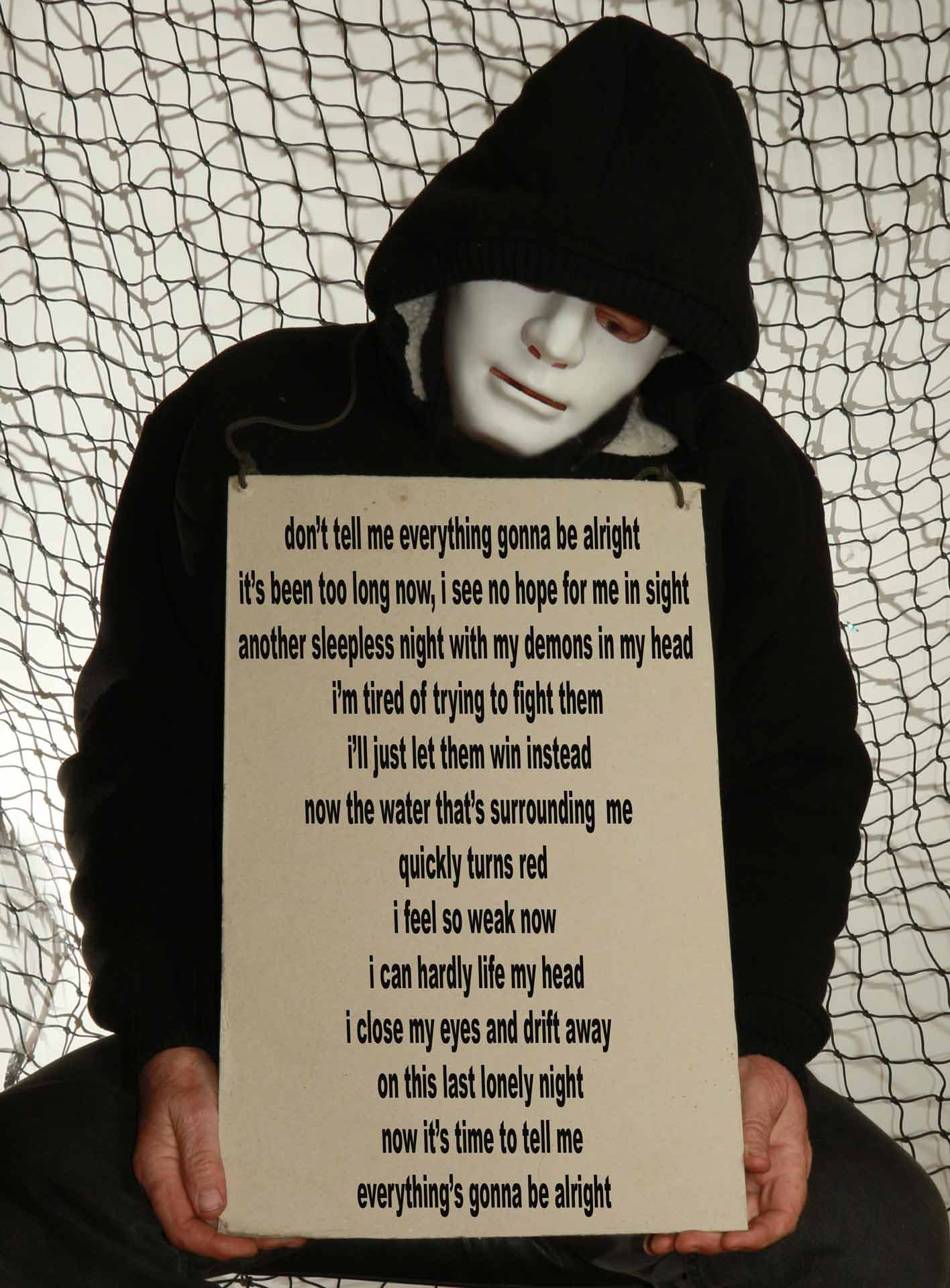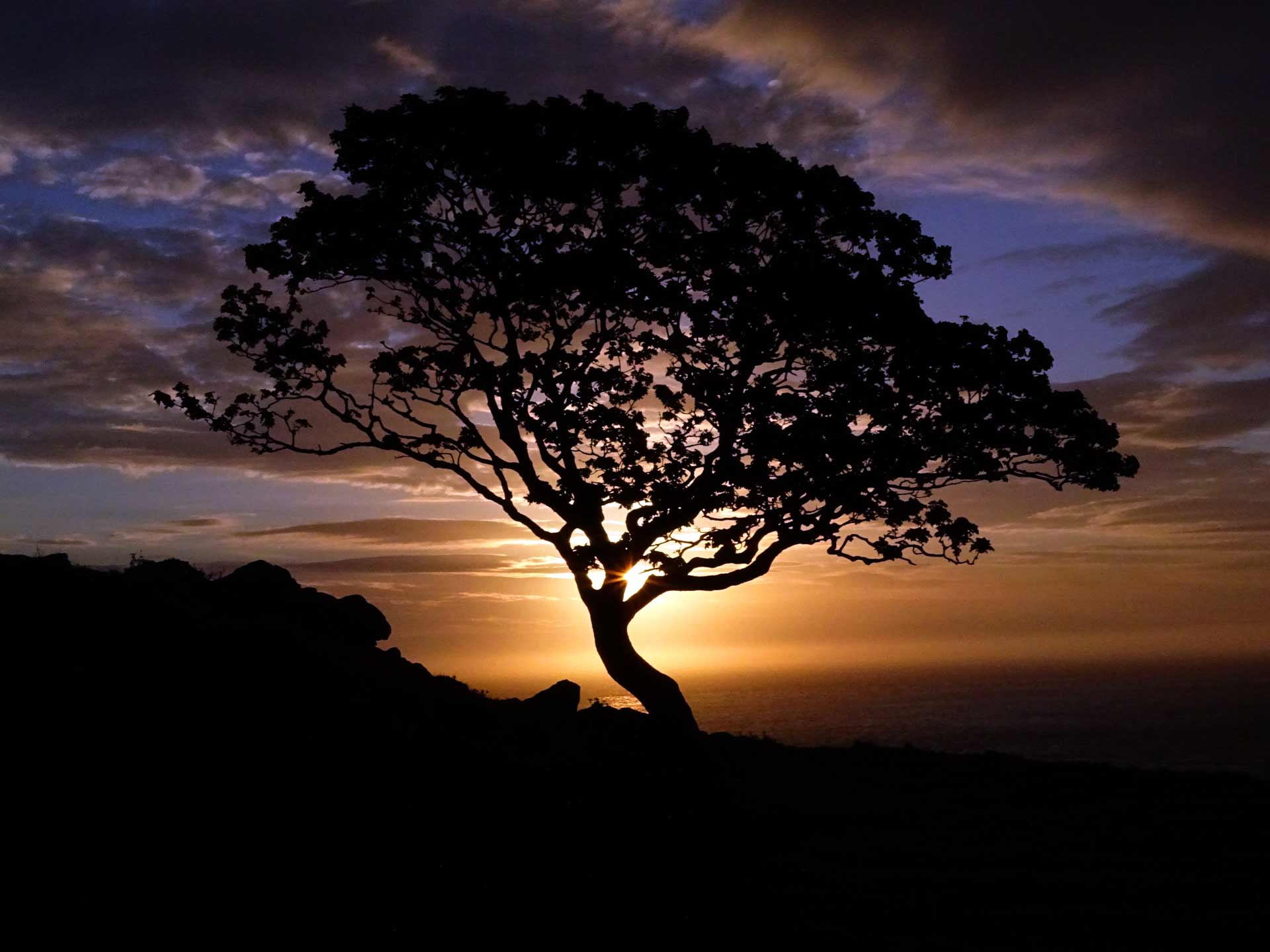Jim was a former soldier during the decades of violent conflict in Northern Ireland known as ‘The Troubles’. Suffering with PTSD, he had a breakdown and worked with Belfast Exposed doing therapeutic photography as part of his recovery process. Jim used images from Belfast Exposed’s archive to safely ‘visually’ revisit places he had patrolled near the border, which had represented particularly stressful moments in his life. When he felt ready, he was able to return to these areas and re-photograph them. Taking control of the camera and shifting how he saw and understood these places enabled Jim to come to a renewed acceptance of his past.
Forkhill, County Armagh © Jim / Belfast Exposed
Belfast Exposed, Northern Ireland’s leading photographic gallery, was established in 1983 by a group of local Belfast photographers frustrated with how media coverage of The Troubles failed to capture community experiences of the conflict. From the outset, they actively worked with community groups across the sectarian divide, running photography workshops, training, and projects. Decades later, their community engagement projects continue to thrive.
Having worked on hundreds of projects over more than 35 years with such a diverse range of people, from youth groups, refugees, prisoners, and pensioners to cross-community organisations and rural communities, Belfast Exposed’s community work provides a unique insight into community-engaged photographic practices over time as Northern Ireland has emerged from The Troubles.
Creative image-making with archival images. Work made by community groups working with Belfast Exposed facilitators using collage and tracing techniques, where participants trace archive images, colour them, and then merge them with other images.
© Belfast Exposed participants
Since the 1998 Good Friday Agreement, the arts have been seen as a key vehicle for building peace in Northern Ireland by diverting attention towards social re-building, enabling healing and truth-telling and facilitating community reconciliation. With Mervyn Smyth at the helm of their community-based work for three decades, Belfast Exposed have been a central actor in Northern Ireland’s arts and peacebuilding scene, building extended relationships with community partners and a deep knowledge of how photography can be harnessed and adapted to meet the needs of communities recovering and repairing from conflict.
In recent years, Belfast Exposed’s community photography work has focused on bespoke therapeutic photography projects for individuals and groups experiencing mental health issues. Studies reveal high rates of conflict-related and inter-generational trauma, post-traumatic stress disorder, mental illness, suicide, and substance disorders in Northern Ireland. Previously considered a taboo subject, many who had not been offered mental health support are now seeking help for long-standing conflict-related trauma and intergenerational mental health issues. Rising demand for services was made more acute by the COVID pandemic.

Self-portrait
© Bobby / Belfast Exposed
In the project Open Eyes, Belfast Exposed has been working with Northern Ireland’s Northern Health and Social Care Trust, running photography workshops with people in primary care settings such as mental health institutions and those being supported in the community. Smyth has developed a ‘distract and disrupt’ technique where photography is used to divert people’s focus from their mental health issues, to shift mindsets, to express what they feel and to rebuild their mental well-being. He is clear to differentiate what they do from formal therapy. Workshops involve photo walks, photo outings, creative portraiture, collage, and other forms of creative image-making.
Workshops draw extensively on their Belfast Exposed’s archive of over 1 million images, taken by Belfast Exposed photographers and from their community projects, to create opportunities for people to reflect on their pasts and re-imagine their futures. Archival images are used to spark conversations, and, in some projects, participants work to repurpose them, intervening in the images using collage, photo-editing software, text, layering them with artwork, tracing, and writing.

Sunset
© Scott / Belfast Exposed
‘The process of producing the images in the first place is important. The images need to be ones that mean something to them—that they can take pride in and meaning from. They are taken to locations they have chosen, or they design somewhere in their heads where they would like to go. They create the images in their minds, and if they ask to go to the pyramids, we use Photoshop, and we bring the pyramids to their community. We did that with some lads the other day; we brought the Pyramids to Polegrass’.
Belfast Exposed Community Engagement Manager




